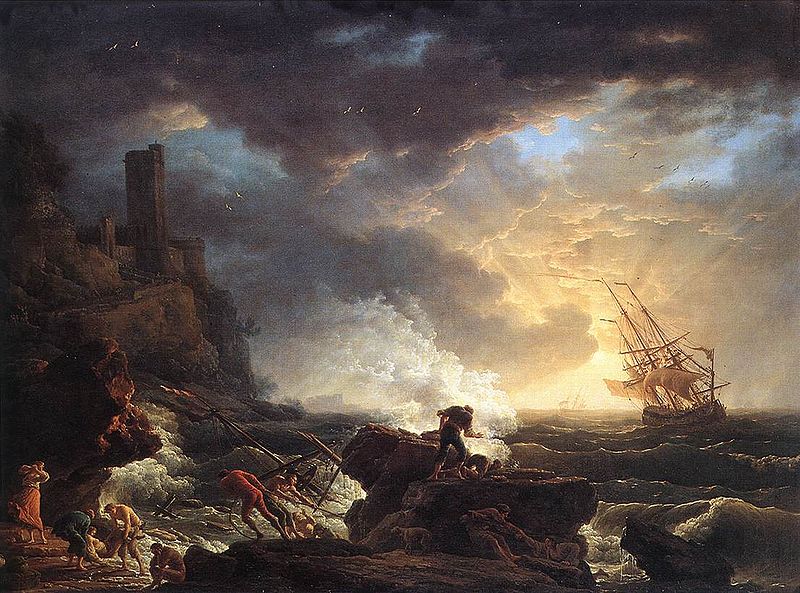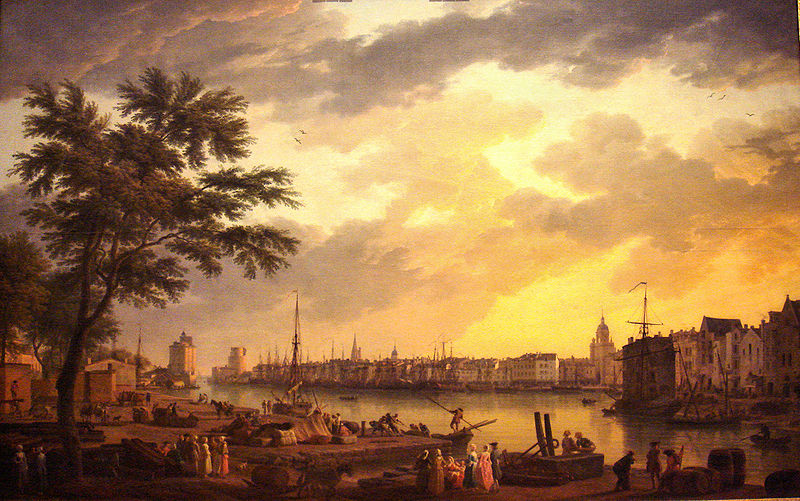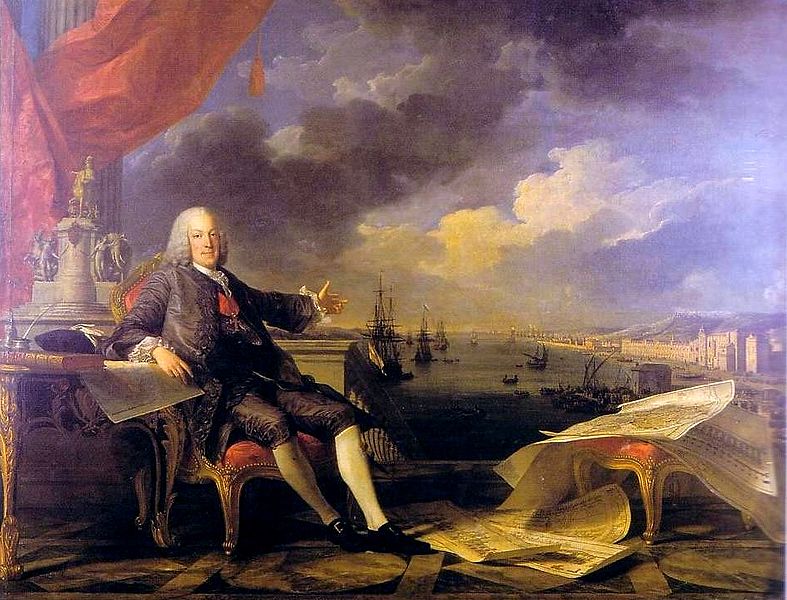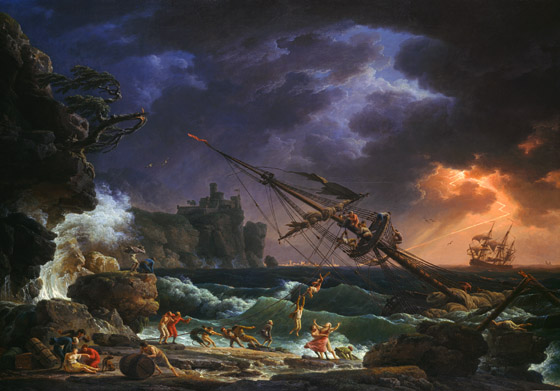<Back to Index>
- Mathematician Charles Jean Étienne Gustave Nicolas, Baron de la Vallée Poussin, 1866
- Painter Claude Joseph Vernet, 1714
- Grand Duke of Tuscany Cosimo III de' Medici, 1642
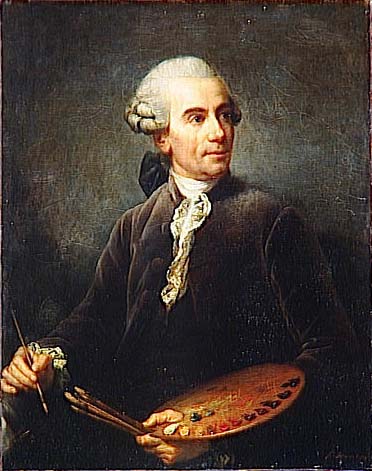
Claude Joseph Vernet (14 August 1714 – 3 December 1789) was a French painter. His son, Antoine Charles Horace Vernet, was also a painter.
Vernet was born in Avignon. When only fourteen years of age he aided his father, Antoine Vernet (1689-1753), a skilled decorative painter, in the most important parts of his work. The panels of sedan chairs, however, could not satisfy his ambition, and Vernet started for Rome. The sight of the sea at Marseilles and his voyage thence to Civita vecchia (Papal States' main port on the Tyrrhenian Sea) made a deep impression on him, and immediately after his arrival he entered the studio of a marine painter, Bernardino Fergioni.
Slowly Vernet attracted notice in the artistic milieu of Rome. With a certain conventionality in design, proper to his day, he allied the results of constant and honest observation of natural effects of atmosphere, which he rendered with unusual pictorial art. Perhaps no painter of landscapes or sea-pieces has ever made the human figure so completely a part of the scene depicted or so important a factor in his design. "Others may know better", he said, with just pride, "how to paint the sky, the earth, the ocean; no one knows better than I how to paint a picture".
For twenty years Vernet lived on in Rome, producing views of seaports, storms, calms, moonlights. In 1753 he was recalled to Paris: here, by royal command, he executed the remarkable series of the seaports of France (now in the Louvre and the Musée national de la Marine) by which he is best known. On his return he became a member of the academy, but he had previously contributed to the exhibitions of 1746 and following years, and he continued to exhibit, with rare exceptions, down to the date of his death, which took place in his lodgings in the Louvre on the 3rd of December 1789.
Amongst the very numerous engravers of his works may be specially cited Le Bas, Cochin, Basan, Duret, Flipart and Le Veau in France, and in England Vivares.
